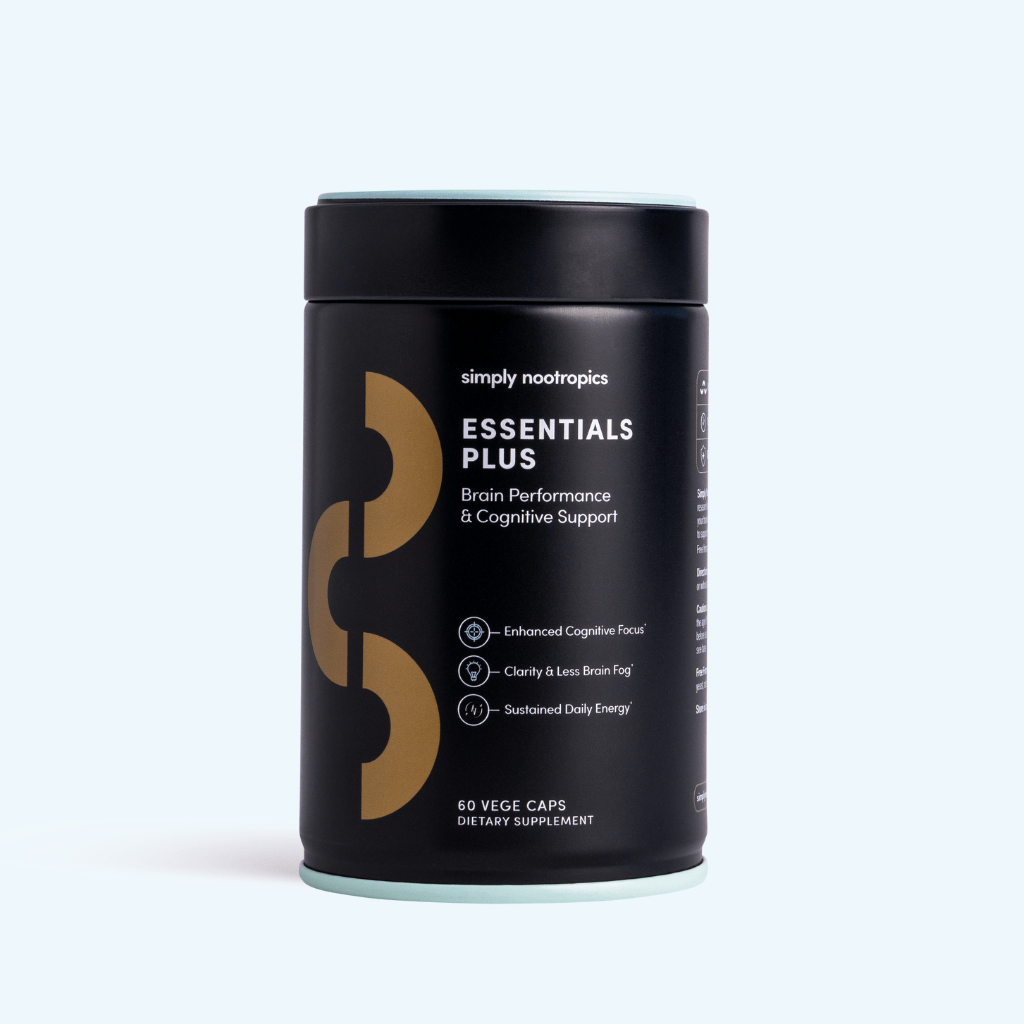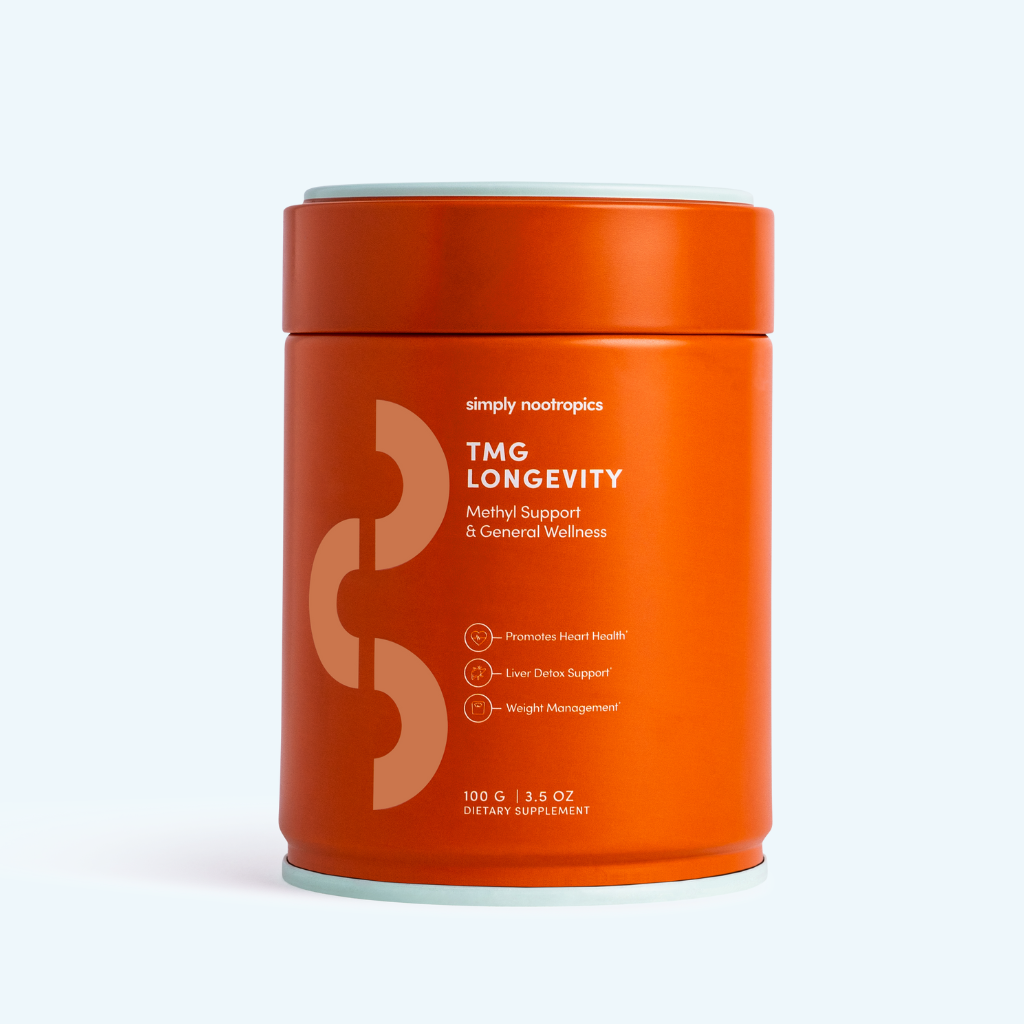Where is NAD Found in the Body?

Where is NAD Found in the Body?
NAD (Nicotinamide Adenine Dinucleotide) is found in all living cells and is required for over 500 enzymatic reactions. NAD+ and NADH, its oxidized and reduced forms, are critical for processes such as energy metabolism, DNA repair, and cellular health. NAD is essential in tissues, organs, and muscles, supporting energy production at the cellular level. Its decline over time contributes to aging, making it important for maintaining cellular efficiency.

How to Get NAD Naturally?
You can boost NAD+ levels naturally by incorporating certain foods into your diet. Niacin-rich foods such as chicken breast, fish (tuna, salmon), and cow’s milk promote NAD+ production. Foods like green vegetables, whole grains, and fermented foods (kimchi, yogurt) also play a role in maintaining NAD+ levels. Consuming these daily can support cellular health, improve metabolism, and keep NAD+ homeostasis intact for energy production.

What is the Main Source of NAD?
The main source of NAD+ in the body comes from nicotinamide (NAM), which is part of the NAD+ salvage pathway. NAM is produced by the liver and makes up around 95% of the NAD+ circulating throughout the body. When the salvage pathway is disrupted, the body can use tryptophan to synthesize NAD+, ensuring cellular function remains optimal.

What Food is NAD Found In?
NAD can be found in various niacin-rich foods. These include meat (especially organ meats like liver), poultry, fish (tuna, salmon), legumes, whole grains (brown rice, wheat bran), nuts, and fortified cereals. Incorporating these into your diet supports NAD+ levels, promoting cellular energy and DNA repair.












